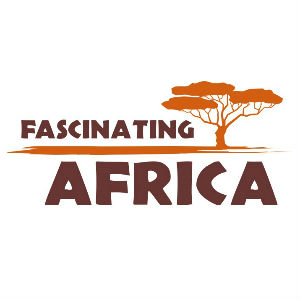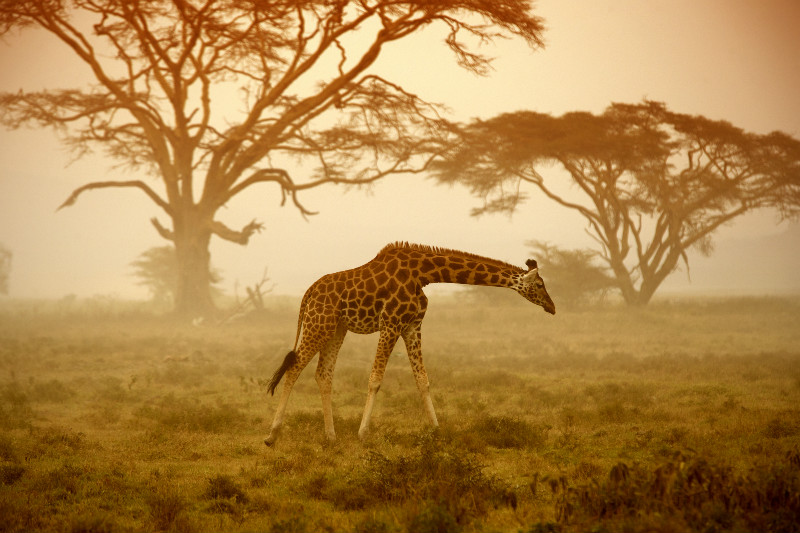
To celebrate International Day of Forests I have pulled together my top ten facts about some of the trees that can be found in Kruger National Park. From the year I spent in southern Africa as a trainee safari guide there was one thing that really surprised me. It was how incredibly into trees I became. It wasn’t just a fascination of how they fitted into the ecosystem but in how man had used them and continues to do so. From superstitions and traditional medicines to shelter and nourishment. I hope that a few of these facts will inspire a greater interest in trees for you…
1. Spittle bugs (Ptyelus grossus) live on the sap of the apple-leaf. To extract sufficient nutrients they need to absorb the liquid so quickly it pours out of them to such an extent that the tree appears to rain, hence the trees alternative name, the rain tree.
2. The flowers of the baobab, which are white, open in the evening and fade within 24 hours. During this period they will be pollinated by the straw-coloured fruit bat (Eidolon heluum).
3. The fever tree gets its common name from pioneers who believed that the tree caused fevers. In fact the fever was actually malaria which they caught from mosquitoes that bred in the swampy fever tree habitat.
4. Two wasp species (Elisabethiella comptoni and Nigeriella fusciceps) are known to be pollinators of the large-leaved rock fig. They enter the fig through a tiny hole at the top, once in they will pollinate the flowers as they lay their eggs.
5. The Latin species name for the leadwood, imberbe, means “hairless”, this is in reference to its hairless green leaves.
6. The pips of the marula tree contain high levels of oil which is extracted by pressing. The oil is used as a meat preserve and for use as a moisturiser in women’s cosmetics.
7. The scientific name for the mopane tree is derived from the Greek word Colophospermum which means oily seed and mopane which is the Shona word for butterfly, referring to the shape of its leaves.
8. To grow so big the nyala tree requires highly nutritious soil and access to water. This is why it is often found growing out of a termite mound and along rivers.
9. The baobab tree provides a plethora of substitute products, the seeds can be roasted for coffee, the fruit pulp used as bread yeast, the ash as table salt and the shoots of germinating seeds eaten as asparagus.
10. Like other acacia trees the umbrella thorn practices allelopathy, a process where the tree releases a chemical into the soil which prevents even its own saplings from growing and therefore reduces competition for resources.
Get involved
Discover many more facts about the trees that can be found in southern Africa.


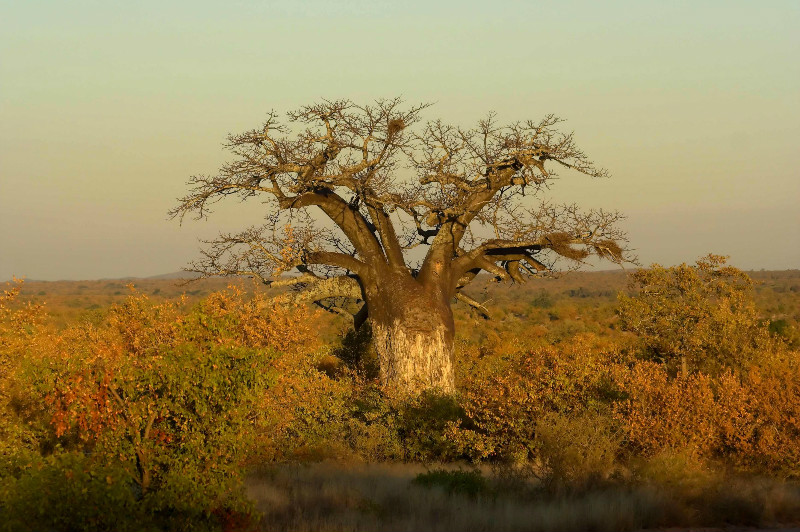
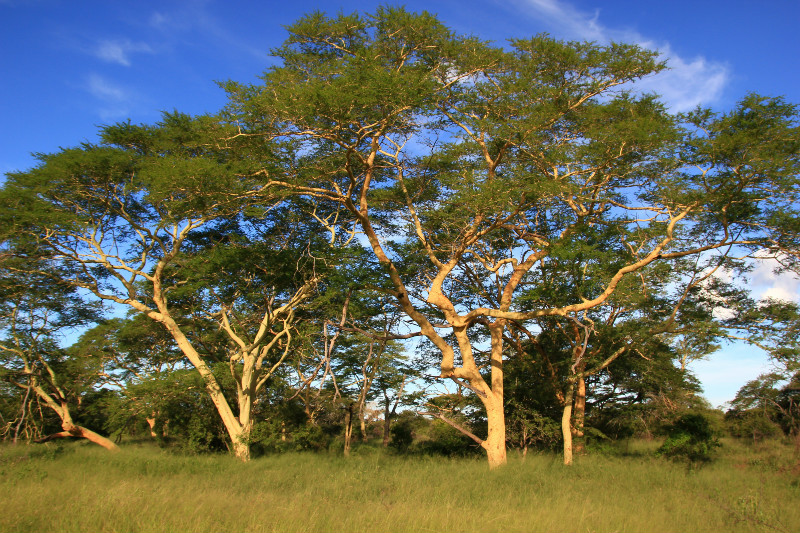
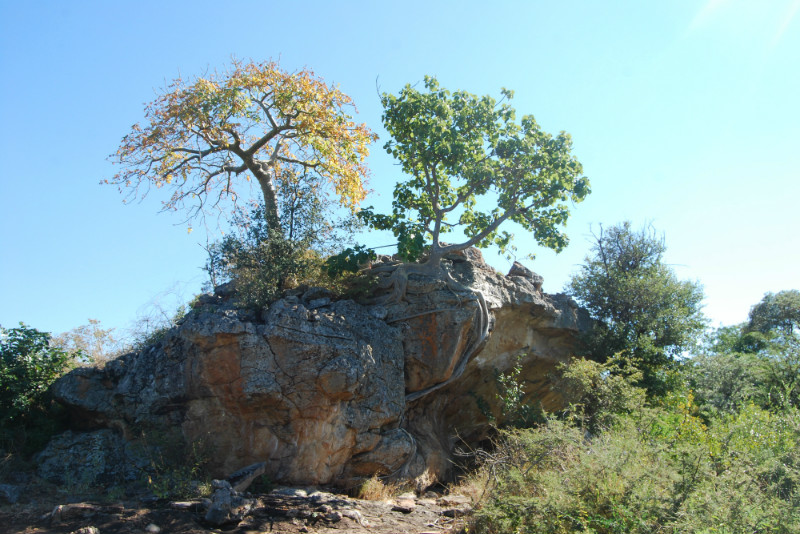
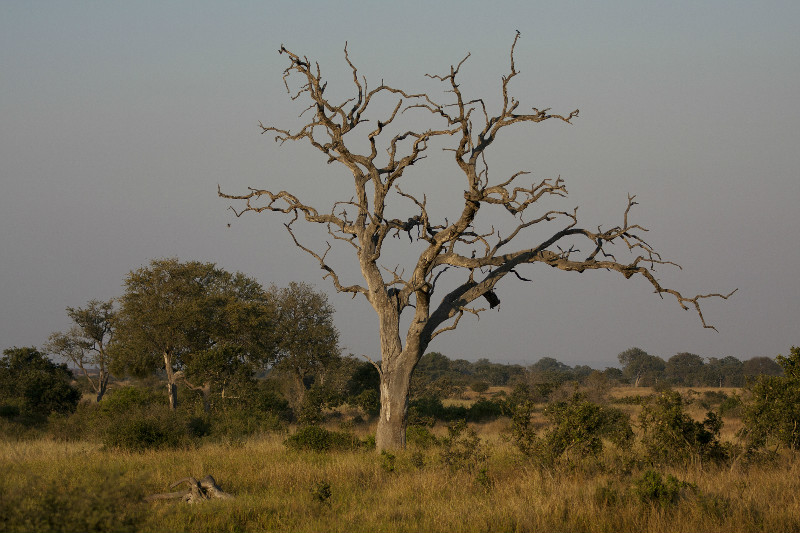
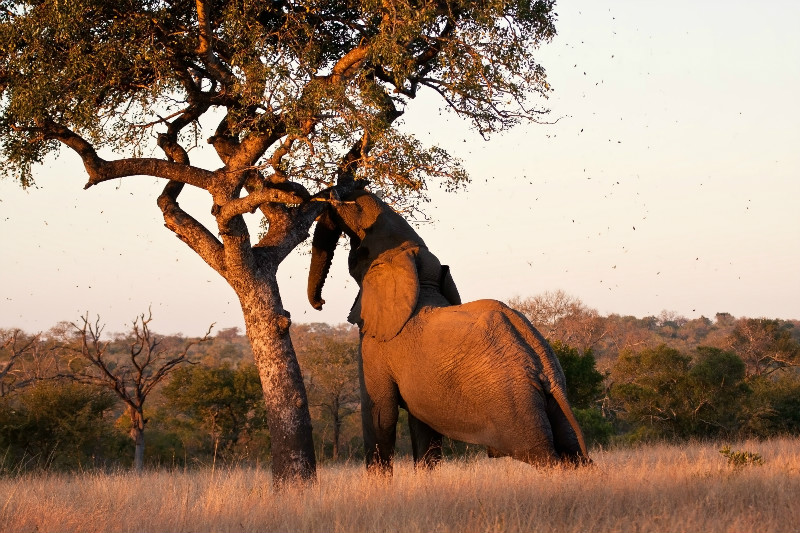



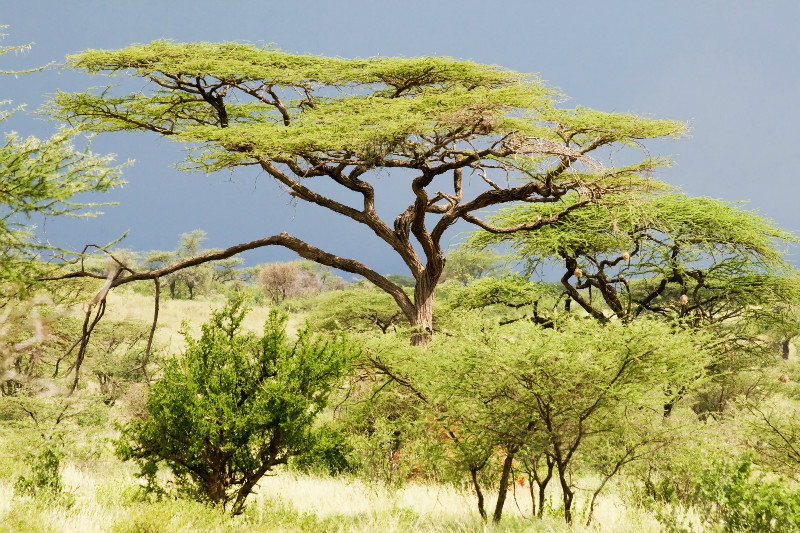
 Previous Post
Previous Post
